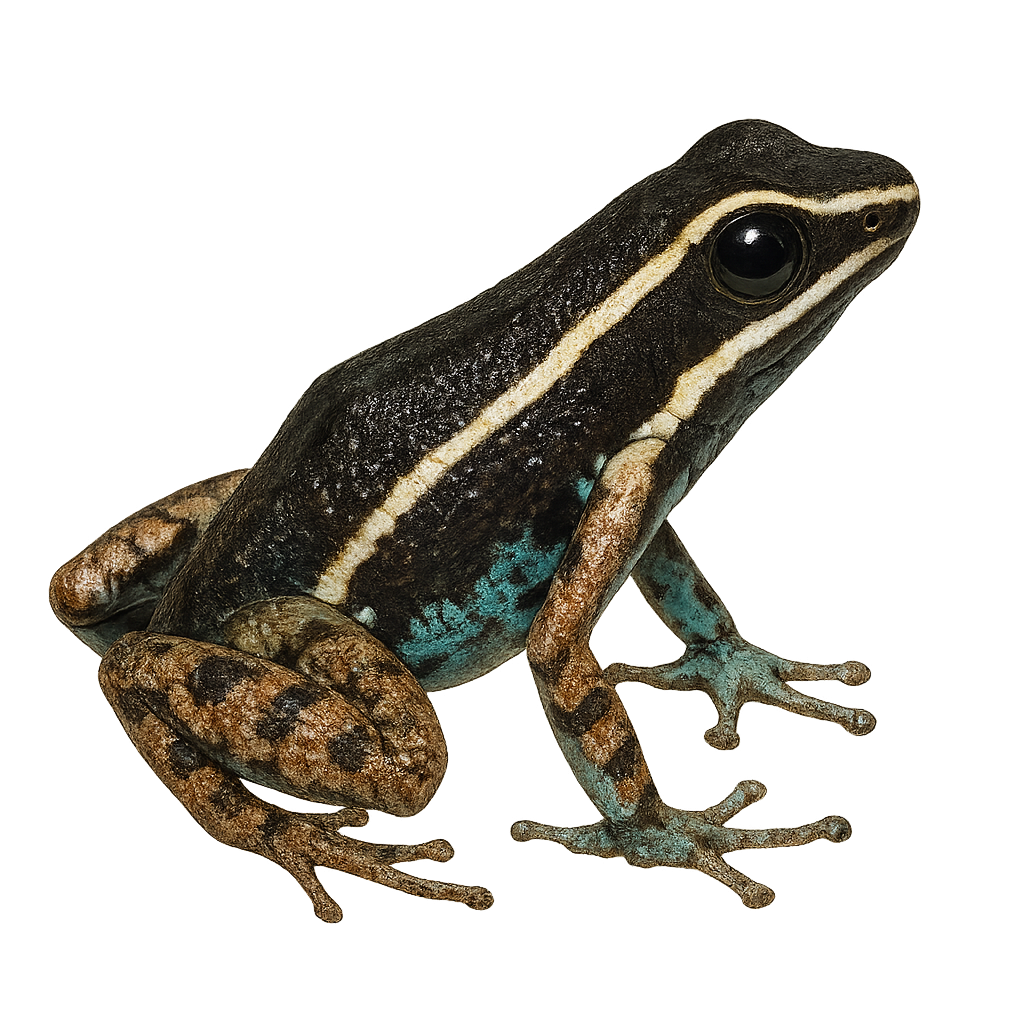Your wildlife photography guide.
Explore the yurimaguas poison frog in detail, study its behavior, prepare your shots.
Where to observe and photograph the yurimaguas poison frog in the wild
Learn where and when to spot the yurimaguas poison frog in the wild, how to identify the species based on distinctive features, and what natural environments it inhabits. The WildlifePhotographer app offers tailored photography tips that reflect the yurimaguas poison frog’s behavior, helping you capture better wildlife images. Explore the full species profile for key information including description, habitat, active periods, and approach techniques.
Yurimaguas poison frog
Scientific name: Ameerega hahneli

IUCN Status: Least Concern
Family: DENDROBATIDAE
Group: Amphibians
Sensitivity to human approach: Suspicious
Minimum approach distance: 2 m
Reproduction period: December to January
Incubation: 10–14 jours
Births: January to February
Habitat:
humid tropical forests, undergrowth, forest edges
Activity period :
Primarily active during the day, with peak activity in the morning and late afternoon.
Identification and description:
The Yurimaguas poison frog, Ameerega hahneli, is a small, brightly colored frog species belonging to the Dendrobatidae family. It is primarily found in the humid tropical forests of the Amazon, notably in Peru, Colombia, and Brazil. This frog is known for its vivid colors, which serve as a warning to potential predators of its toxicity. It typically measures between 20 and 25 mm in length. Ameerega hahneli are diurnal and spend most of their time foraging for food, mainly insects. They are also known for their distinctive call, used to attract mates and mark their territory. Although their population is stable, they are threatened by deforestation and habitat loss.
Recommended lens:
Macro – adjust based on distance, desired framing (portrait or habitat), and approach conditions.
Photography tips:
To photograph the Yurimaguas poison frog, it is advisable to use a macro lens to capture the details of its vivid colors. Approach slowly to avoid scaring it, maintaining a distance of at least 2 m. Look for it in humid undergrowth or near forest edges early in the morning when the natural light is soft. Use a tripod to stabilize your camera and avoid motion blur. Be patient and wait for it to settle to get a sharp and well-framed image.
The WildlifePhotographer App is coming soon!
Be the first to explore the best nature spots, track rutting seasons, log your observations, and observe more wildlife.
Already 1 450 wildlife lovers subscribed worldwide

